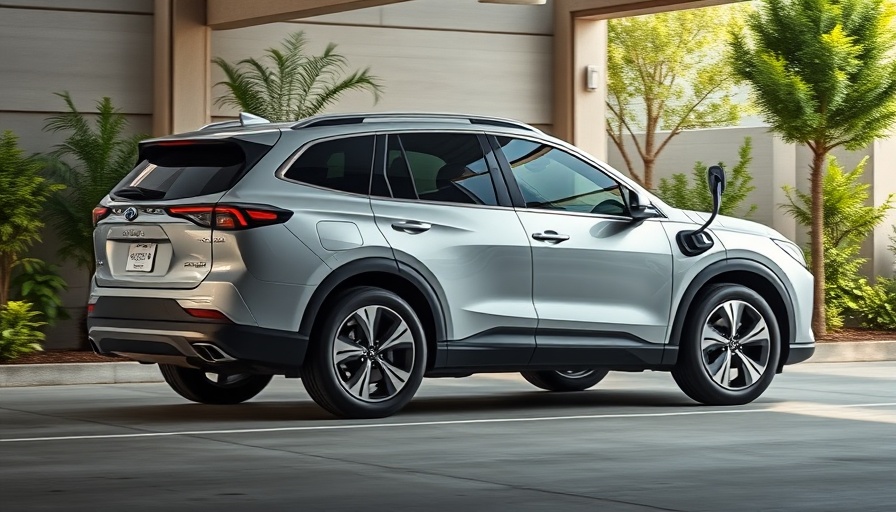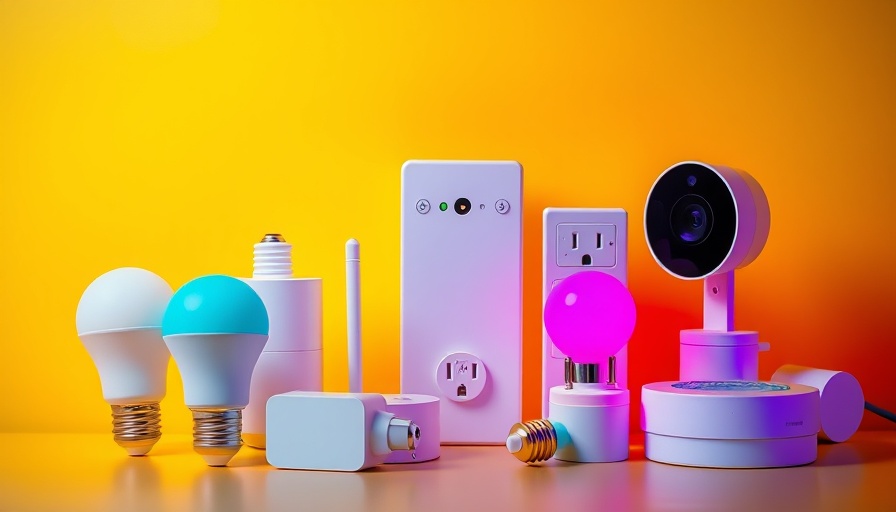
The Future of Energy: Bidirectional Charging Explained
In the nexus of renewable energy and electric mobility, bidirectional charging stands as a pivotal technology that could redefine our everyday interactions with energy. Bidirectional charging enables electric vehicles (EVs) to both draw power from the grid to charge their batteries and supply energy back, effectively transforming vehicles into mobile power sources. This two-way power flow not only helps in charging vehicles but also empowers users to utilize their EV batteries for home energy needs.
Unlocking the Potential: Why Bidirectional Charging Matters
As the demand for sustainable energy solutions rises, the integration of bidirectional charging into our daily lives can significantly impact energy consumption patterns. For homeowners and businesses interested in harnessing solar and green energy, bidirectional charging provides unique opportunities. It allows users to store excess solar energy in their EVs during the day and leverage it during peak hours, promoting both energy independence and significant cost savings on electricity bills.
Response to Energy Crisis: Preparing for Outages
Recent extreme weather events have highlighted the vulnerability of traditional power grids. Bidirectional charging technology can be a game-changer, especially in times of crisis. EV owners can use their vehicles to power essential loads in their homes when the grid fails. For example, during hurricanes or power outages, a charged EV can provide temporary relief, eliminating reliance on gas generators and ensuring a backup power supply.
Technological Challenges: Overcoming Barriers to Adoption
Despite the clear benefits of bidirectional charging, several challenges must be addressed to facilitate widespread adoption. According to Johanna Bronisch, Head of Energy Innovation at UnternehmerTUM, the lack of standardized processes and high costs associated with the necessary infrastructure hinder broader acceptance. Furthermore, there is a pressing need for streamlined interoperability among vehicles and grid systems, ensuring a seamless energy flow.
Market Leaders: Who is Paving the Way?
Leading automakers like Ford, Nissan, and Hyundai are already implementing bidirectional charging capabilities in several EV models. For instance, the Ford F-150 Lightning offers robust power delivery options, allowing users to draw electricity for their homes, while the Nissan Leaf provides vehicle-to-home (V2H) functionality. Continued innovation from these manufacturers will be critical in showcasing the viability of bidirectional charging to consumers.
Envisioning a Sustainable Future: Beyond Vehicles
The implications of bidirectional charging extend beyond individual vehicles. Its capacity to serve as a decentralized energy resource supports grid stability and enhances energy resilience. As the energy landscape shifts towards decentralized solutions, integrating EVs into the energy ecosystem can lead to more sustainable practices and practical applications, thus enabling a more resilient infrastructure.
Call to Action: Embrace the Green Revolution
Homeowners and businesses take note: investing in bidirectional charging technology is not just a forward-thinking move; it’s a commitment to sustainability and self-reliance. As we move towards an era defined by smart energy solutions, adopting these technologies can position you at the forefront of the green revolution. Stay informed, explore your options, and consider how you can leverage bidirectional charging to enhance your energy independence while contributing to a more sustainable future.
 Add Row
Add Row  Add
Add 




Write A Comment